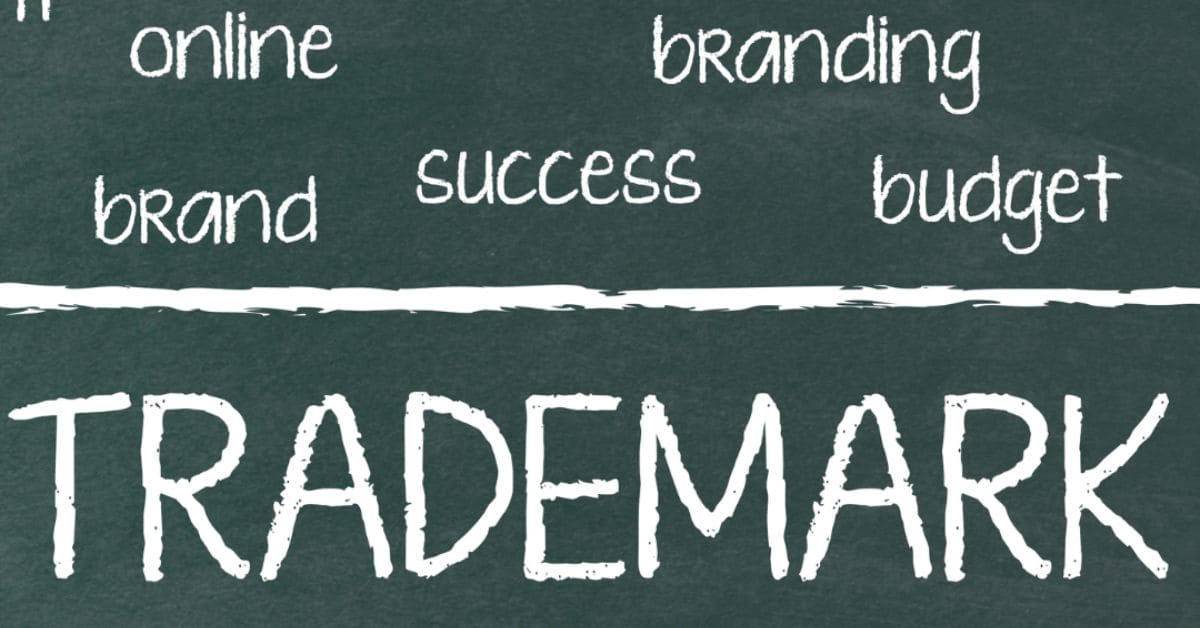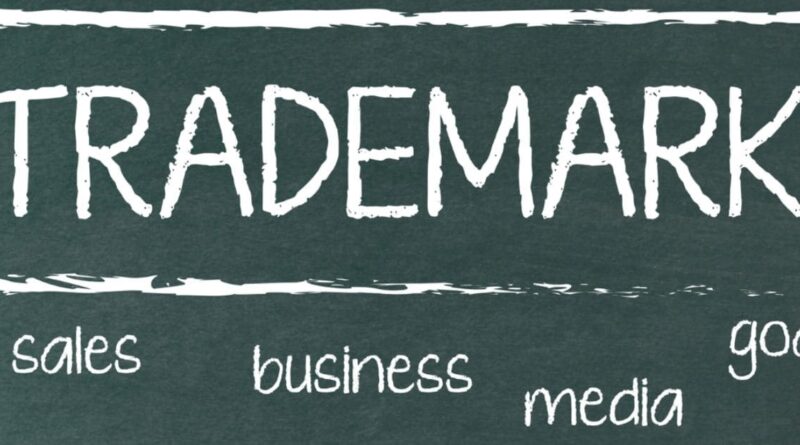Why Figma’s ‘Dev Mode’ Trademark Dispute Matters for Trademark Clearance
The recent trademark dispute between design software giant Figma and Swedish AI startup Lovable over the term “Dev Mode” has ignited serious debate within the tech and legal communities.

Figma’s actions serves as a cautionary tale for startups, product developers, and legal advisors alike about the importance of careful and considered trademark clearance – preferably with legal counsel. In short: even seemingly generic terms can become valuable—and enforceable—IP assets. If you don’t clear your brand terms properly, you could be on the receiving end of a cease-and-desist letter, facing potential rebranding or legal costs.
In late 2024, Figma successfully registered the trademark for “Dev Mode” in both the US and EU. The term refers to a feature Figma launched in 2023 designed to improve developer workflows by integrating design specs and code previews.
When Lovable, an AI-based no-code tool, launched a similarly-named feature this year, Figma responded swiftly with a cease-and-desist letter, demanding they stop using the phrase “Dev Mode.”
The backlash was immediate. Developers and tech commentators flooded social media and Reddit with criticism, arguing that “Dev Mode” is a generic industry term used by many platforms for decades—including Google Chrome, Apple, and Microsoft. Yet, from a legal standpoint, Figma’s registered mark gave them the right to enforce their claim.
What does this mean?
1. Common Words Can Be Legally Protected
Just because a phrase feels generic in an industry doesn’t mean it’s unprotectable under trademark law. What matters is the specific context in which the term is used. “Dev Mode,” in Figma’s case, refers specifically to a unique feature within a design collaboration tool. As such, their trademark covers use of the term in that context, not necessarily in broader developer environments.
Lesson: When performing trademark clearance, you must assess:
- The term’s descriptiveness within your product class
- Whether similar marks exist in the same jurisdiction or sector
- How distinct the mark is in its application
2. Trademark Registrations Carry Legal Weight
Even if the community disagrees with the principle, a registered trademark is enforceable. Figma’s legal action shows how a company can assert dominance over a term once it’s protected by law.
Clearance isn’t just about avoiding exact matches. You need to identify potential disputes involving phonetic similarities, overlapping services, and any potential brand confusion.
3. IP Enforcement Becomes More Aggressive Ahead of IPOs
Figma is reportedly preparing for an IPO. As part of this, it’s likely aiming to strengthen its intellectual property portfolio. Demonstrating active trademark enforcement boosts investor confidence and perceived market strength.
If your business plans to scale, license IP, or raise funding, expect increased scrutiny on your brand assets. Failing to clear marks properly now could create major problems later.
4. Clearance Must Go Beyond Basic Checks
Lovable may have thought “Dev Mode” was too generic to be owned. But this assumption highlights the risk of relying solely on basic checks or intuition.
Comprehensive trademark clearance should include full database searches in target jurisdictions; linguistic and phonetic analysis; visual similarity checks (if the mark is stylised); and legal review by IP experts
5. Disputes Can Be Costly and Distracting
Lovable is now forced to defend its brand name, potentially rebrand, or face litigation. This eats into resources that could otherwise support growth, R&D, or marketing.
Bottom Line: The cost of NOT clearing a name properly almost always exceeds the cost of doing it right the first time. This highlights why trademark clearance is a critical early step in brand development.
What should I do?
If you’re naming a product, feature, or AI agent, particularly in competitive fields like software or artificial intelligence, take these steps:
- Screen your name ideas early. Eliminate obvious conflicts before investing in branding.
- Run comprehensive clearance searches. Include all markets where you plan to operate.
- Use AI tools, but trust human insight. Automated screening is helpful, but nuanced judgment is key.
- File for protection once cleared. Early registration provides long-term leverage.
- Monitor the market. Watch for new filings that may conflict with your brand.
FAQs about trademark clearance
It’s important if you’re unsure about any trademark clearances that you seek help from legal counsel. There are copyright lawyers with extensive experience handling cases like these. But, a few pointers:
Can I trademark a common term like “Dev Mode”?
Yes, if it’s distinctive within your product class and not merely descriptive.
What if someone already uses the term informally?
If they haven’t registered it and don’t operate in the same class, you may still secure rights—but proceed with caution.
How do I avoid a trademark dispute?
Start with thorough clearance, consult a specialist, and don’t assume a term is safe just because it’s commonly used.
What if I get a cease-and-desist letter?
Get legal advice immediately. You may be able to defend your usage, negotiate coexistence, or plan a strategic rebrand.
Briffa Legal can help:
- Conduct trade mark searches Trade Mark Search
- Register UK, EU, and international trademarks
- Provide strategic advice on brand protection and enforcement
Need advice before you launch a new product name or feature, or are worried about where you stand on trademark clearance? Contact Briffa Legal today.

